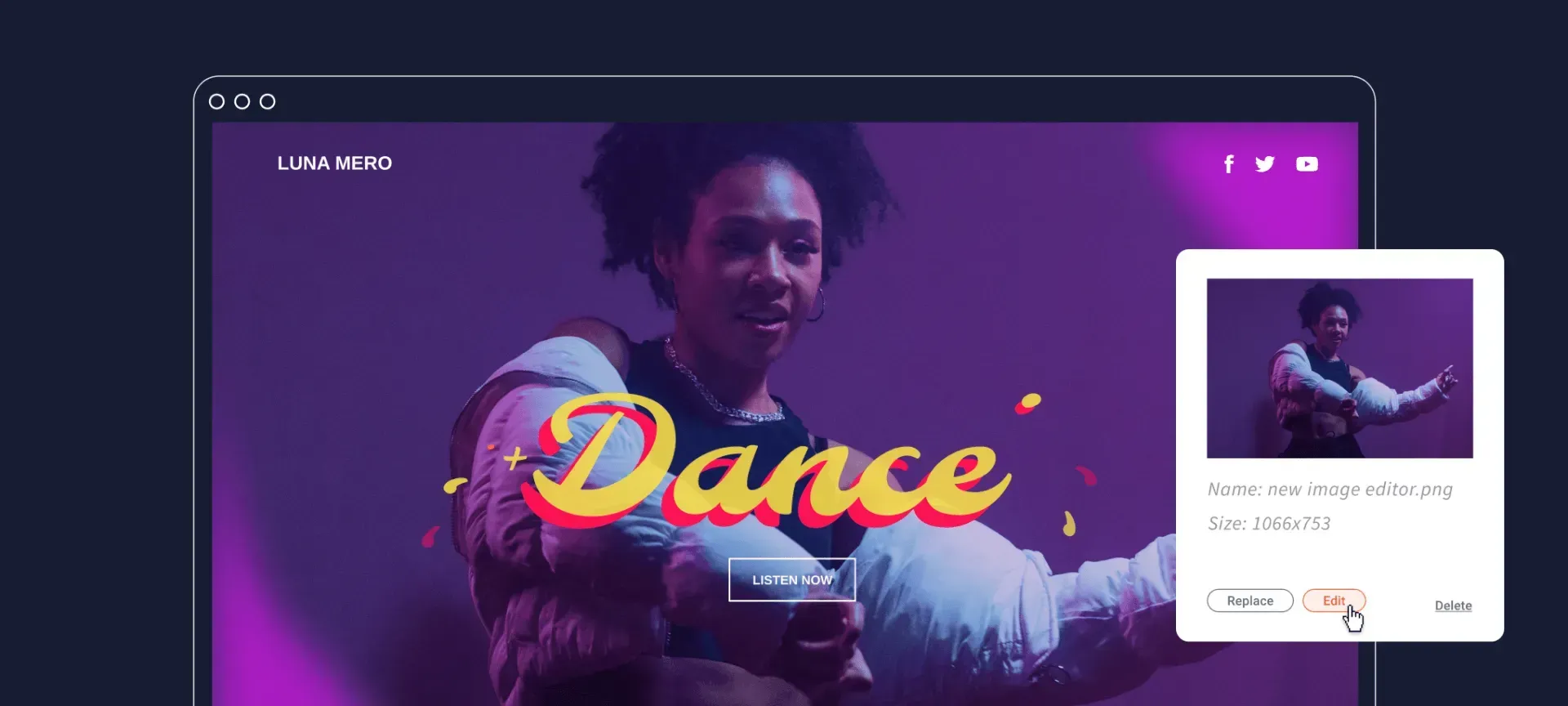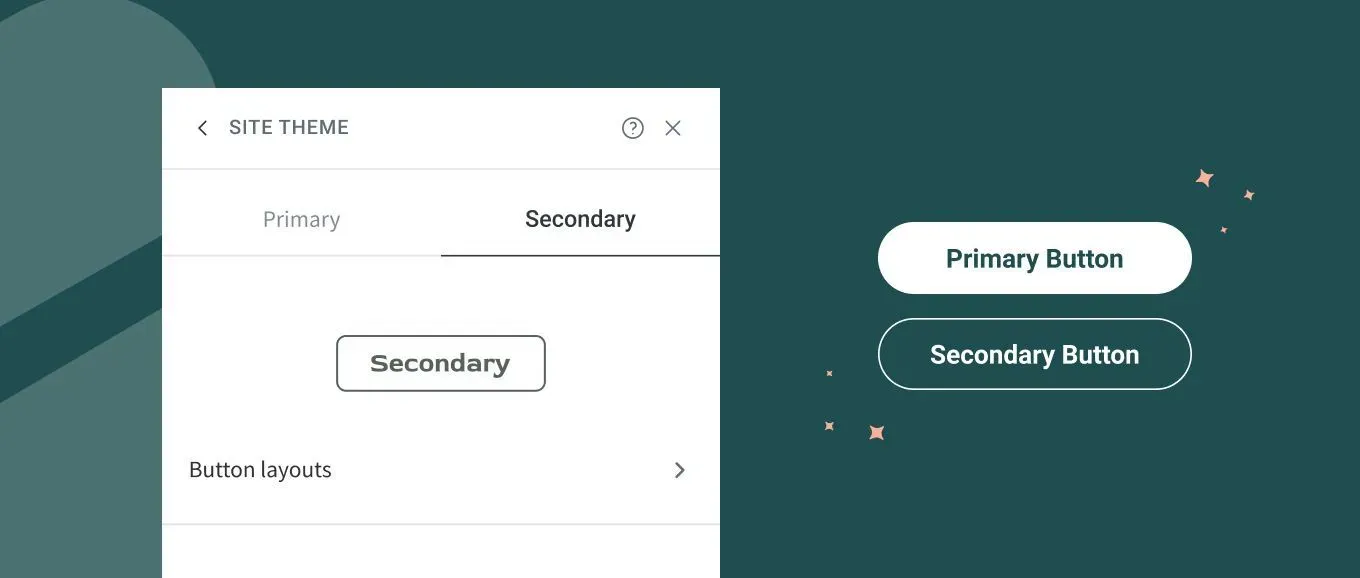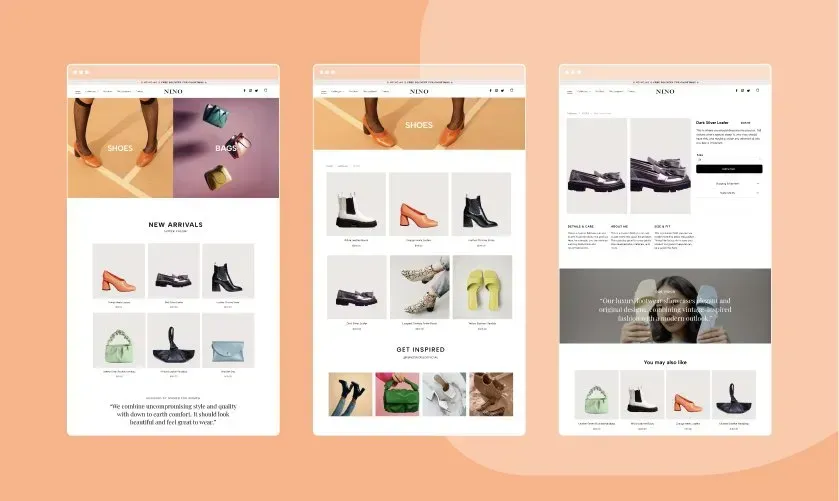Too many businesses run social accounts without any real idea about how they should work. It isn't uncommon for businesses to start social accounts with a rush - to get lots of content out in a short period of time, and then BAM! They let the accounts fizzle out to just the occasional post here and there. The biggest problem that these businesses have is that they make no real effort to find their target audience on social media. They either try to follow what everyone else is doing, relevant or not, or they simply hope that people go to them and make no effort to build a following.
But then again, there are many businesses performing well across all social media platforms. So what's the difference? What do they do, that their competitors don't? In many cases, it is that they understand the importance of defining a target audience, and then finding and gently marketing to that target audience (and nobody else) on social media.
Also many businesses still see social marketing as being solely to sell goods, yet audiences' today hate and resist hard selling techniques. Social marketing is an extension of content marketing – the sharing of relevant information to the "right" people. If you do this often enough, these people will begin to take notice of your business and start to take an interest in your products/ services. There is very little point attempting this, however, if you share content with irrelevant people who will never take an interest in your products or your business.
So without further ado, let's breakdown what a target audience is, who your target audience is, how you can find them on social media and which platforms to focus on. Keep reading to learn more.
What is a targeted audience?
A targeted audience on social media is a group of people defined by specified behaviours and demographics. Brands offer content curated to their audience’s needs, and in turn, individuals feel more connected to the brand. That's where your strong understanding of your brand comes in and helps you identify who your target audience is. Your target audience are the people who will resonate with your products and your company ethos the most.
Who is your target audience?
Now you have a better understanding of the definition, let's discuss finding your target audience. Unfortunately, you certainly can’t search for them if you have no idea who they are. If you are lucky, you may already know the types of people to whom you sell your products. Of course, having a general idea and being able to give a description of your typical customer are two different propositions. You should be able to do the latter - describe your typical clients/customer base.
For those that aren't 100% sure as to how to describe their typical/most popular kind of audience, here are some questions you can ask yourself:
- Do you predominantly focus on one gender, or do you target everyone regardless of their gender identity?
- Which age groups are you most hoping to reach?
- What types of incomes do your typical customers have? Do you target people with plenty of spare money or people who tend to have money issues?
- What types of values does your target audience have in common?
There are many other factors/ demographic features that you could go into as you try to picture your target audience. Remember, you are trying to build a picture of your preferred new customers, who will usually match your existing customers - unless you are deliberately targeting a different market.
Remember that social marketing mainly involves creating content to share with your target audience. You can't make and share content that will be of interest to everybody. Therefore you need to create the right material for your audience. To do this successfully, you first need to know precisely who makes up your audience.
Don't overcomplicate it, if you have an existing customer base, it may be worth creating surveys for them - cleverly ask your existing customers questions about them and their buying habits to collect data on likely future customers/ your target audience. Yes, it’s easy to guess the types of people who buy your products, but you will get better results by asking them questions that encourage them to describe different elements of themselves – their passion, their interests, the topics about which they would like to learn more.
Which social media channels will your target audience use?
We all know about Facebook, Twitter, Instagram, LinkedIn, TikTok and YouTube. These are all well-known social and video-sharing sites, with millions of members. And yet, not all people spend their time on these social channels. There are also many other smaller, less visible social networks; in some cases, highly specialised for specific types of audiences. Realistically, you can't be active on all of them, and quite frankly, your target audience is unlikely to be either. Even business that target the most socially active people won't have to target every social media platform known to humanity.
We've observed that similar types of people tend to stick together. That makes sense, right? So you are more likely to use the same social channels as your friends than you are others. Bring that knowledge to your marketing efforts on social media, a primary task of yours is to establish the social sites where your target audience spends their time.
Pew Research Center has a fascinating chart giving detailed data on the major social channels and the people who use them in the US. Here are some of the general conclusions made from the research conducted in 2019:
- YouTube is the most used online social platform, closely followed by Facebook
- Males predominate on YouTube, LinkedIn, Twitter, WhatsApp, and Reddit.
- Females outnumber males on Facebook, Instagram, and Pinterest.
- The stats are equal for the sexes on SnapChat.
- YouTube, Instagram, and Snapchat are particularly popular with young audiences. Older audiences generally prefer Facebook, although quite a few watch YouTube. Although the largest group of Pinterest users are aged 18-24, it is also comparatively popular with older audiences.
How to measure your social media reach
Now that you have an idea of what your target audience looks like and the social channels they'll be on, you’ll want to make some content to target their unique interests.
Let’s say you’ve already created some blog posts, videos, podcasts, images, and other content for specific segments. Now, you want to see how that content performed to ensure that you’re reaching the right people. Well, your next step is to check out your engagement insights which will give you the most comprehensive look at your effectiveness.
Are more people:
- Signing up for your email list?
- Reading your blog posts?
- Sharing your content with their friends?
- Making a purchase?
Take note that social media is also largely about brand awareness. Someone may see a post from you in their newsfeed and scroll past. Days later, they may search for your page or website to find the information or learn more.
Does it really matter if I don't know my target audience?
If you're asking this question after reading the above, you've not truly read it properly. Yes it matters! Narrowing down your audience is a crucial aspect of effective social media marketing as you’ll have a better understanding of where you need to spend time, money and resources in order to connect with these specific people. That means you get the most out of your marketing efforts.
Furthermore, if you don’t identify your audience, you won’t be able to create relevant and interesting content for them. In most cases, the content you make will be too general to spark much interest and you won’t get much traction or engagement anywhere online.
The key is to integrate your social media audience insights with other channels like email to create a well-rounded marketing strategy and gain a comprehensive understanding of your audience.



